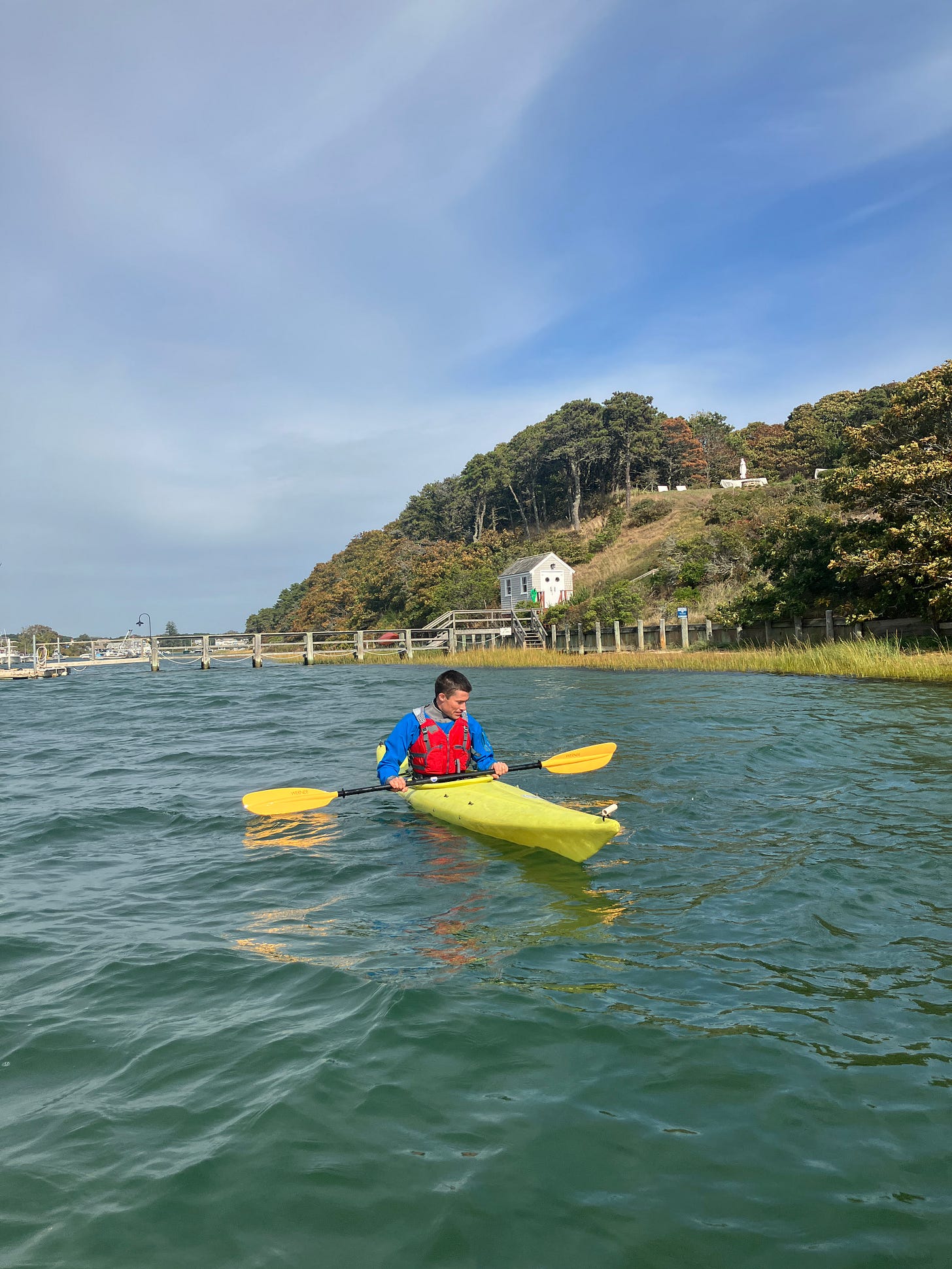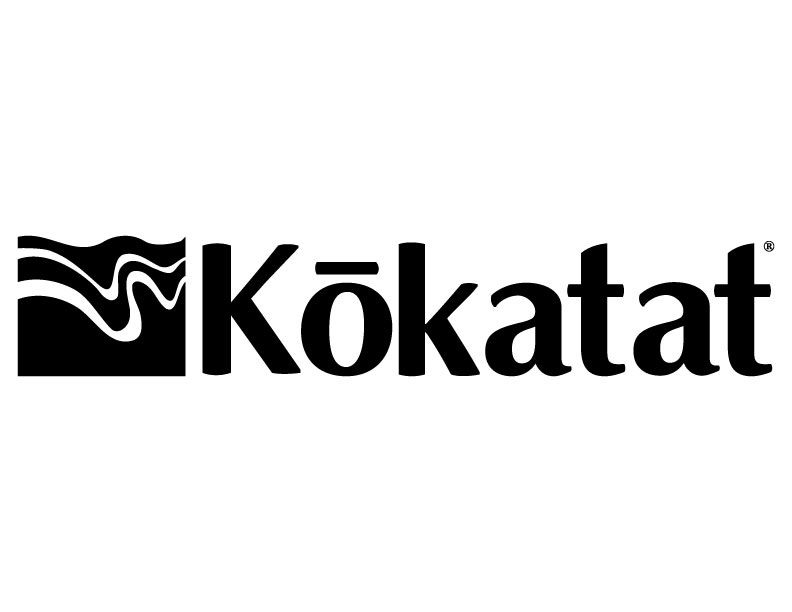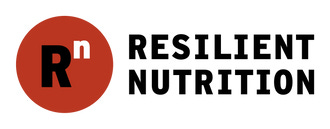“Mother, Mother Ocean,
I Have heard your call.
Wanted to sail upon your waters
Since I was three feet tall…”- Jimmy Buffett, “Pirate Looks at 40”
It all started with two yellow plastic boats.
My first kayak was a birthday present, I think I was turning 8. The Wilderness Systems Piccolo, second-hand from the rental fleet of the kayak club on the Charles River where I had taken a “come and try it” class earlier that year.
My mom made a big sign on butcher paper and hung it up where I would see it as soon as I woke up that morning——“HAPPY BIRTHDAY, KAYAK MAN”——with a drawing of a stick figure paddling and kayak across the sign. My present was in the backyard, complete with accessories: a PFD, nylon spray deck, pump, and a well-used fiberglass Werner paddle.
For my first-ever solo trip, I paddled from the beach by my grandma’s house——where I had been taking swimming lessons the year before——back home, a distance of 1.4 nautical miles along a tidal inlet. I stayed within wading distance of shore the whole way. I called grandma from our home phone as soon as I landed.
This first microadventure (that probably would have triggered a call to child services today) left an indelible impression. It was my introduction to the kayak as so much more than a hand-powered vehicle.

Like Adderall without the side effects…
Then as now, the cockpit of a sea kayak was the only place I could get excited about staying in my seat. The semester when I took those rec department kayaking classes produced a rare interval of getting homework done.
A plastic boat got through to me where tutors, ADHD medication, and rewards for doing homework had failed. I’m not saying kayaks cure ADHD, but finding the right outlet can be transformative.
I was a delayed reader due to the inability to sit still long enough to read more than a sentence or two, but once I got into books my favorites were stories of adventure, exploration, and survival. To me, these were stories of people who had found a cure for boredom and the ultimate use for restlessness and hyperactivity.
Once I could read above my grade level, I went straight to the unabridged, adult versions of these stories——some of which remain my favorite titles today. My parents were so stoked that I was finally reading that they didn’t question whether Alive! is age-appropriate for a 10-year-old.
Massachusetts is a long way from the Andes and Antarctica, but as my plastic boat would show me, there were still opportunities for exploration. The local chain of barrier sandbars was my cordillera, Monomoy my Elephant Island.
The perfect first boat
Most kayakers start out in a boat that paddles like a bathtub. A capsize might scare off an inexperienced paddler. So, most entry-level hulls are designed to stay upright, even if that means sacrificing speed, maneuverability, and boat feel.
The Piccolo is nothing like that. It’s a real sea kayak built for kids. There’s no learning curve when the time comes to graduate to an expedition boat.
On a recent visit to the States, I took the Piccolo back out on the same inlet where it all began. My feet no longer fit under the deck——I had to wedge them in at an awkward angle——I’m over the weight limit, and I seriously overpower the boat. Still such a good time. The sprayskirt was missing, so she swamped when I did a roll.
“Don’t drown.”
For all my struggles in and out of the classroom in those early years, I had a lot of things going for me: good schools and teachers, and parents who loved and supported me. I was also lucky to grow up spending summers in Ireland on what’s now known as The Wild Atlantic Way.
Every year, my parents would book a flight on the last day of school with a return ticket for around Labor Day and no plans or schedules or structured activities in between. Instead of summer camp, my brother and I had the Atlantic Ocean and the hills and forest behind our beach house. My dad used to say, “There’s only one rule in our family: Don’t drown.”
The summer after I got into kayaking. My mom bought an adult recreation kayak (the bathtub kind) at a camping store in Cork city. She would paddle it across the Bay to an island with a pub where the rest of us would join her for lunch, coming over in my dad’s boat. Dad would probably love kayaking, but a war wound to his arm limits his boating to powered craft.
The kayak had a big enough cockpit that my brother and I could paddle it as a kid’s tandem and had enough volume that we could fit a friend on the back deck.
Our skills and confidence grew every summer as we became capable of going farther and paddling in rougher conditions while still obeying the one rule. The fleet expanded over the years to include unsinkable sit-on-tops and the expedition sea kayaks I paddle today. That big beginner boat is still in the back garden of my parents’ summer house, the hull all scratched and gouged from being dragged up and down the beach by paddlers who were too small to lift her.
Thanks for reading,
-Charlie
Thank you to Mike Jones for coaching and guidance.
Kokatat is the official gear sponsor of The Lap.
The lap will be fueled by Resilient Nutrition’s Long Range Fuel and bars.
Expedition coffee by 3fe.











This is great storytelling, Charlie. We (readers) have only met you so far as an adult doing his kayaking thing around Ireland. We can't help but ask (even if we're not aware of it), "Why is Charlie doing this? Did the idea come out of nowhere? Did he just start kayaking last September?" All that changes when we see the pix of you and your brother and hear about "Don't drown" and ADHD. Things are starting to come together for us ... and I'm sure they will even more so as the saga unfolds. Outstanding, Mr. Charles!
This is a terrific piece.